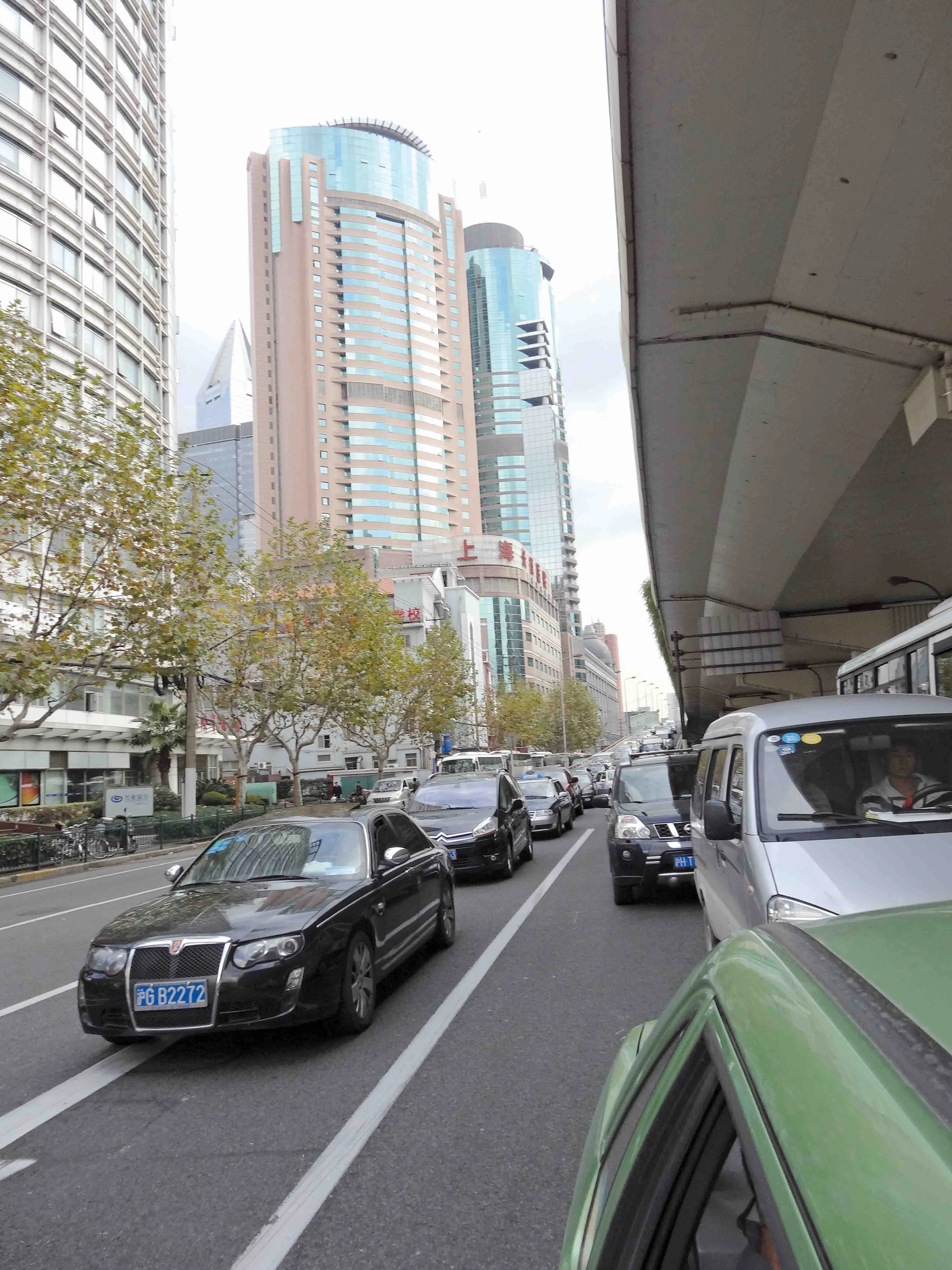Funding has been found for a major highway project in India. The Asian Development Bank (ADB) is providing a substantial portion of the US$846 million of financing required for the 800km Visakhapatnam-Chennai Industrial Corridor (VCIC). In all the ADB will provide $631 million in the form of a series of grants and loans, which will be delivered in stages. Meanwhile the Indian Government will provide $215 million. The VCIC itself forms part of the 2,500km East Coast Economic Corridor (ECEC).
October 20, 2016
Read time: 2 mins
Funding has been found for a major highway project in India. The Asian Development Bank (ADB) is providing a substantial portion of the US$846 million of financing required for the 800km Visakhapatnam-Chennai Industrial Corridor (VCIC). In all the ADB will provide $631 million in the form of a series of grants and loans, which will be delivered in stages. Meanwhile the Indian Government will provide $215 million. The VCIC itself forms part of the 2,500km East Coast Economic Corridor (ECEC).
Meanwhile Canadian funding looks likely to help finance projects planned by the state-operated National Highways Authority of India (NHAI). The Canadian Caisse de Depot et Placement du Quebec (CDPQ), PSP Investments (PSP) and Brookfield Asset Management (BAM) are keen to help deliver financing for several major Indian highway projects. Discussions have been carried out between officials representing these funds and the NHAI. The Canadian funds are interested in participating in highway operations being run under the toll operate transfer investment model according to the NHAI. This could deliver as much as $10.46 billion in funding for the NHAI’s planned series of highway projects. Between March 2016 and the end of March 2017, NHAI intends to have constructed some 15,000km of national highways so additional funding sources will be of major benefit.
Meanwhile Canadian funding looks likely to help finance projects planned by the state-operated National Highways Authority of India (NHAI). The Canadian Caisse de Depot et Placement du Quebec (CDPQ), PSP Investments (PSP) and Brookfield Asset Management (BAM) are keen to help deliver financing for several major Indian highway projects. Discussions have been carried out between officials representing these funds and the NHAI. The Canadian funds are interested in participating in highway operations being run under the toll operate transfer investment model according to the NHAI. This could deliver as much as $10.46 billion in funding for the NHAI’s planned series of highway projects. Between March 2016 and the end of March 2017, NHAI intends to have constructed some 15,000km of national highways so additional funding sources will be of major benefit.






